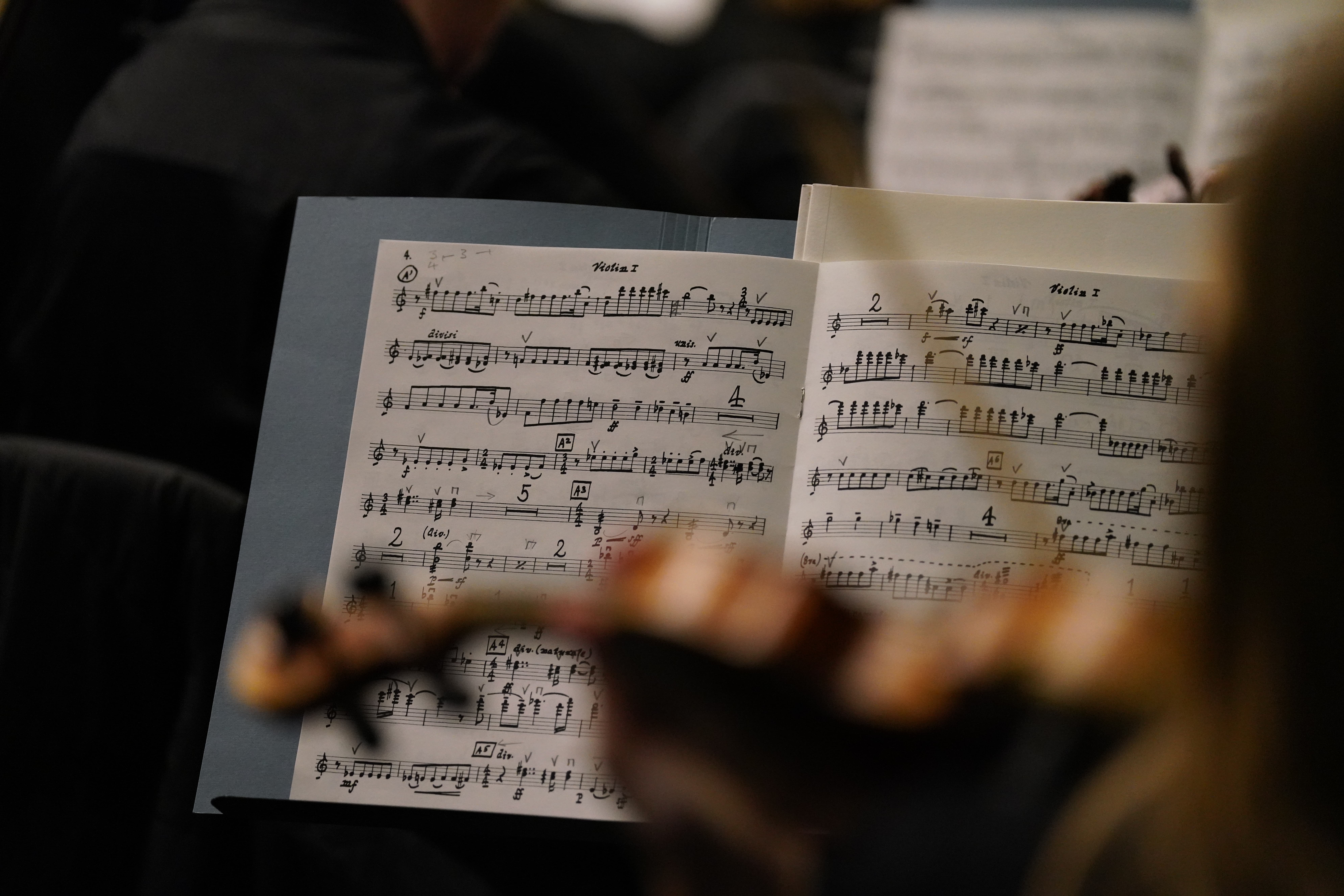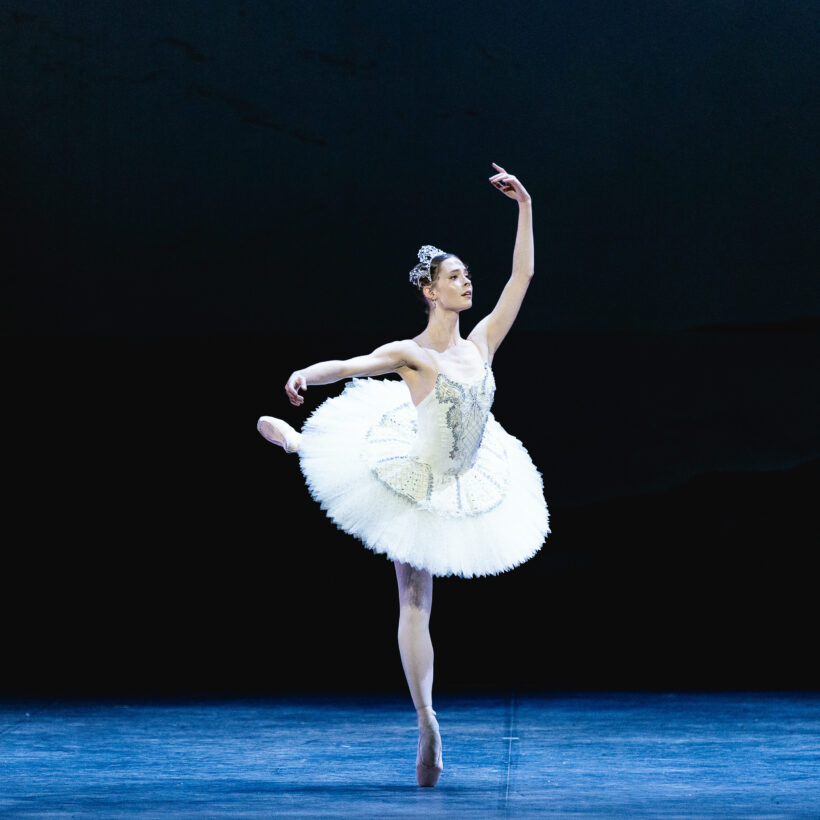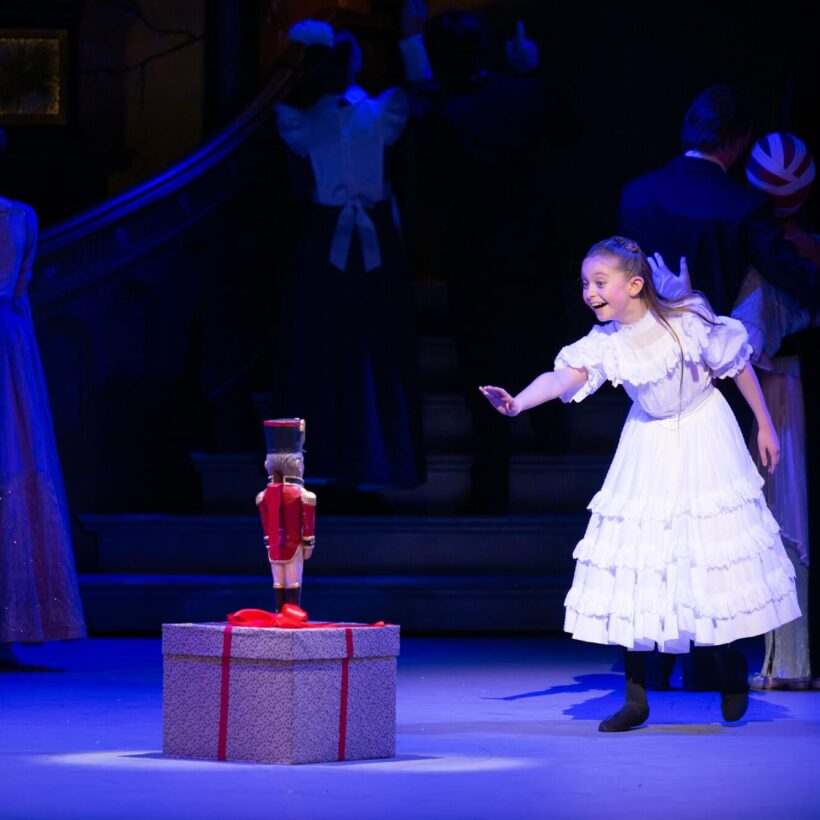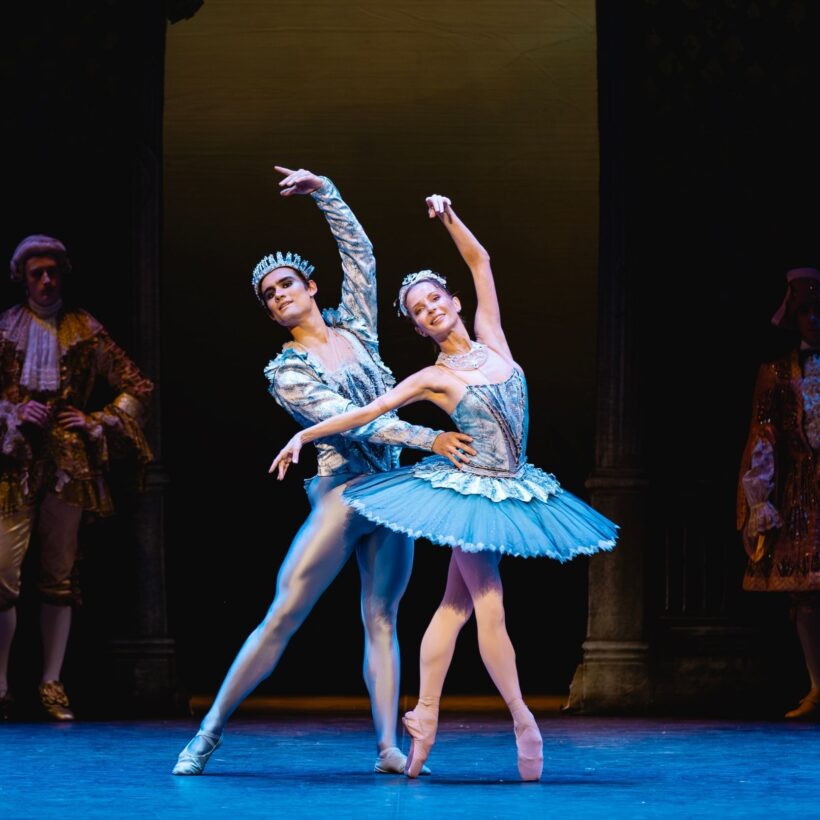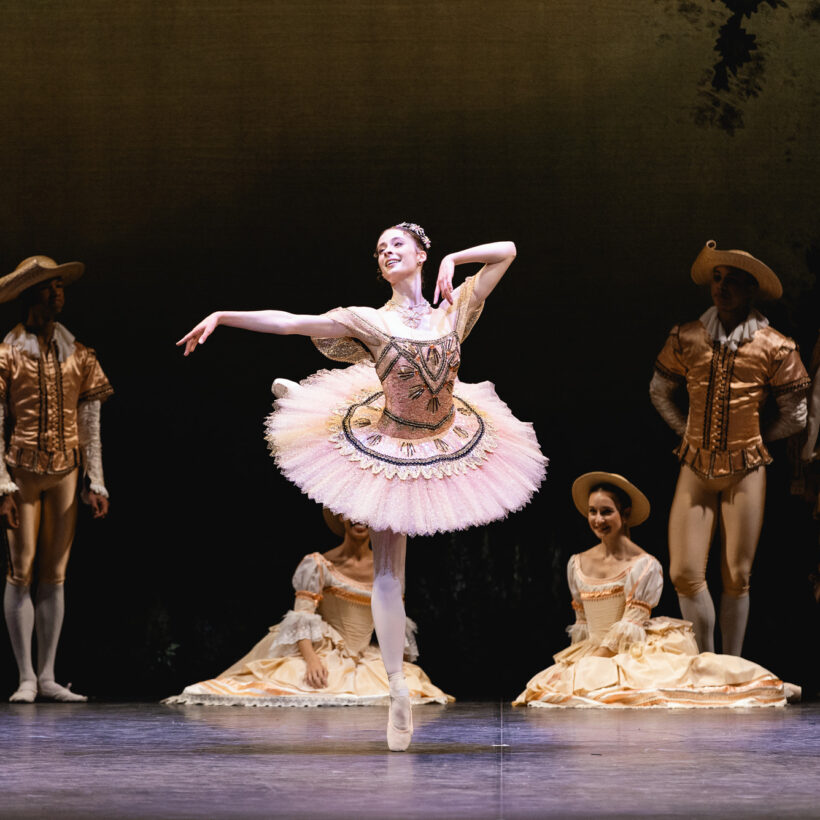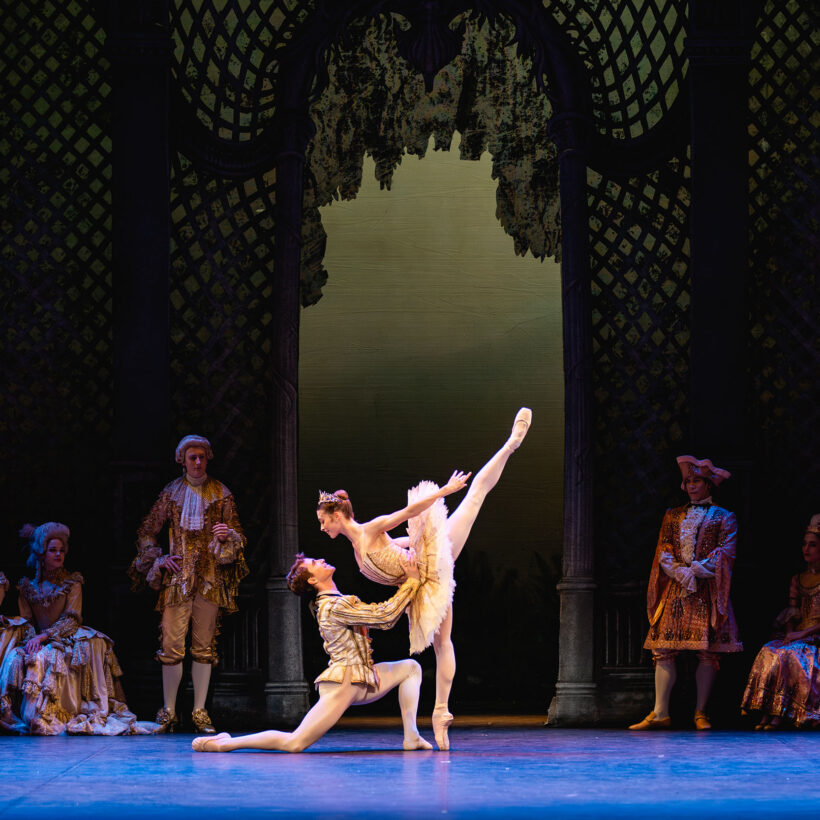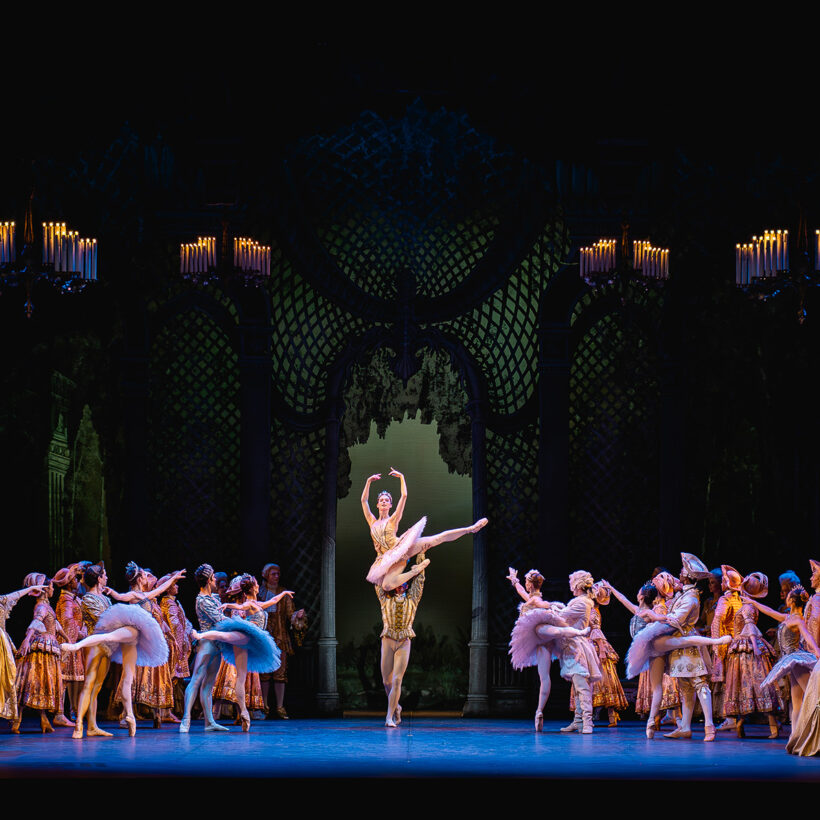Pyotr Tchaikovsky: The Man Behind the Music
Meet Pyotr Tchaikovsky, the man behind some of the world’s most recognisable music.
Early Life
Pyotr Ilyich Tchaikovsky was born on 7 May 1840, in the small town of Votkinsk, Russia. Growing up surrounded by six siblings, Tchaikovsky was particularly close to his sister Alexandra, as well as twin brothers Anatoly and Modest.
Although not of noble descent, his family lived comfortably. Tutored by a French governess, Tchaikovsky spoke two foreign languages and began receiving piano lessons from the age of five. Despite a clear interest and talent for music, his parents did not consider this to be a viable career. Instead, at a young age he was sent to the Imperial School of Jurisprudence in Saint Petersburg, to prepare him to work in civil service.
Education
Following the wishes of his parents, after graduation Tchaikovsky began a successful – if short-lived – career at the Ministry of Justice. At 21, he took up classes at the newly opened Russian Musical Society in his free time. When the Saint Petersburg Conservatory opened the following autumn, he left his government post to study music full-time. A diligent student, Tchaikovsky thrived under the tuition of Russia’s musical greats, including celebrated composer and pianist Anton Rubinstein. His hard work earned him top honours and set him on the path to an extraordinary career.

Career
After graduating, Tchaikovsky accepted the post of Professor of Music Theory at the Moscow Conservatory. Though he disliked teaching, he continued to compose, writing Symphony No. 1 in G Minor and The Voyevoda during this time – his first symphony and opera.
Throughout the 1870s, he continued to compose a number of works despite initially unfavourable responses from critics. By the end of decade, he had gained wide acclaim both domestically and internationally. He went on to tour triumphantly across Europe and USA in the years to come.
During this period, Tchaikovsky formed an extraordinary relationship with Nadezhda von Meck, a wealthy widow who became his benefactress. Though the two never met, their extensive correspondence discussing professional, personal and spiritual matters reveals a close bond. Von Meck’s financial support allowed Tchaikovsky to leave teaching and devote himself entirely to composition – ushering in the most artistically productive years of his life.
It was during this period that Tchaikovsky composed some of his most well-known works, including operas Eugene Onegin (1879) and Iolanta (1892), 1812 Overture (1880) and Symphony No. 6 in B Minor (1893). He also created his iconic trilogy of ballets: Swan Lake (1877), The Sleeping Beauty (1890), and The Nutcracker (1892).
Ballets
Swan Lake (1877) was Tchaikovsky’s first ballet, commissioned by the Bolshoi Theatre in Moscow. Inspired by German and Russian folktales, the ballet follows the story of Odette, transformed into a swan by an evil sorcerer and eventually freed by a vow of eternal love.
At its premiere, Swan Lake was met with harsh criticism. The story was deemed confusing, the dancing weak, and the score “too symphonic.” However, it was performed 41 times across six years during Tchaikovsky’s life – a considerable achievement for the time.
Disheartened, Tchaikovsky turned away from ballet for more than a decade. However, in 1890, he decided to return with The Sleeping Beauty. Commissioned for the Mariinsky Theatre, and choreographed by Marius Petipa, who gave very detailed instructions for the score, The Sleeping Beauty enjoyed a considerably warmer reception than Swan Lake.
Based on Charles Perrault’s beloved fairy tale, the ballet follows Princess Aurora, cursed to prick her finger and fall into an enchanted sleep for 100 years – until awakened by a kiss of true love. Tchaikovsky decided to enrich the story by adding characters from Perrault’s other fairytales such as Bluebird and Puss in Boots. The theme of conflicting forces of good versus evil, as represented by the Lilac Fairy and Carabosse, runs throughout the score.
Following this triumph, Tchaikovsky and Petipa reunited for The Nutcracker (1892), inspired by E. T. A. Hoffmann’s The Nutcracker and the Mouse King. The story follows Clara, who receives a nutcracker doll as a Christmas gift – only to see it come alive at midnight and lead her to the enchanted Land of the Sweets and a meeting with the Sugar Plum Fairy.
While composing, Tchaikovsky travelled to Paris, where he received devastating news about the death of his beloved sister, Alexandra. Moved by grief, he decided to immortalise her in the character of the Sugar Plum Fairy. He used the ethereal-sounding celesta, an instrument he discovered in France, as the backbone of the score.
The Nutcracker premiered in 1892 to mixed reviews. It was criticised for its lavish decoration and over-the-top stage design. Critics also found the structure unbalanced: too much story and too little dancing in Act I, with nearly only dancing in Act II. However, both the Waltz of Snowflakes and Act II’s divertissements were a hit with the public.
Today, all three ballets remain cornerstones of the classical repertoire, performed by ballet companies around the world.

Legacy
Pyotr Tchaikovsky died in 1893, just after a year after Nutcracker’s premiere, at the age of 53. He never lived to see the global success of his works, nor the enduring legacy of the exceptional music he created.
Blending Western and Eastern European influences with the rich folkloric traditions of his native Russia, Tchaikovsky created uniquely captivating and expressive soundscapes. Strongly influenced by Romanticism, Tchaikovsky composed operas, symphonies and ballet scores that moved audiences with their emotional intensity and depth. His works, touching, thrilling, and timeless, live on in theatres, concert halls, and recordings. They continue to be enjoyed by millions of people across the globe.
Hear Tchaikovsky’s music performed live
This season, English National Ballet Philharmonic bring Tchaikovsky’s music to life once again.
Sir Kenneth MacMillan’s enchanting production The Sleeping Beauty tours nationally to Liverpool, Manchester and Southampton this autumn, before returning to London for summer performances at the Royal Albert Hall.
Aaron S. Watkin and Arielle Smith’s acclaimed Nutcracker, the beloved festive classic, returns to the London Coliseum this Christmas.
